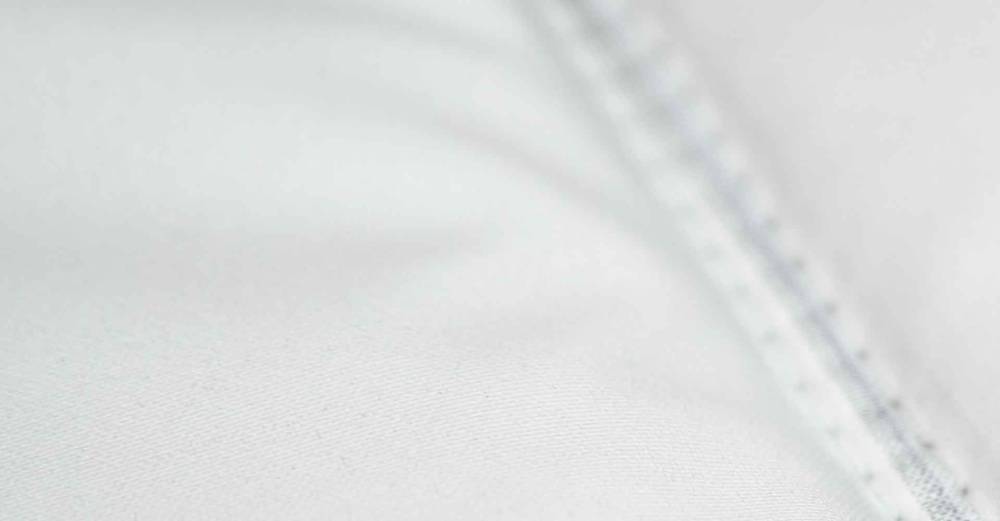Stronger sustainable winter mats manufactured with a new production technology

At Combitherm we constantly develop both our quality and concepts. With a major investment in a new production technology, the company now offers even stronger, and more sustainable winter mats with insulation made of fibres from recycled plastic bottles.
The construction sector increasingly demands a focus on sustainability and especially documentation. As the demand from builders and building regulations increases, this demand will also apply to sectors even outside construction. It is all about the processes and the materials that are part of these processes.
Frontrunners
This applies to winter mats as well, where Combitherm, with a million-kroner investment has brought itself to the forefront. There has always been an element of sustainability in the company's winter mats, but this has become even clearer with the investment in its new production line. The insulation of the winter mats is now made of 78 percent recycled materials. This means that 78 % of the insulation material consists of fibres from granulated plastic bottles, which are part of the Polywool that forms the insulating layer in the winter mat.
Stronger wrapping
And that's not all. A significantly stronger foil now encloses the insulation, and in addition, the insulation material is fixed in the foil. It is a strong and durable solution, which also contains 25 percent recycled material in the foil used.
“You could say that we live up to our name Combitherm, because we combine our knowledge and experience in the thermo-area with the latest developments and technology. And that’s exactly what the construction sector needs, due to the increasing demands for documentation,” says KAM Morten Spangtoft Hansen, who adds that the company has of course prepared EPDs for its products.
It's well thought out
The durability and wearability of the new winter mats also mean that they can be used even longer than previously. Also, if they are treated roughly:
“We have focused heavily on the winter mats having a solid and strong quality that allows it to be reused several times. With that said, all types of winter mats do of course have a lifetime. But in this case the lifetime is just significantly longer,” he says.
Another small detail is the tiny ventilation holes in the corners of the mats, which are hidden to keep out water yet still allow air to escape. Allowing air inside the winter mat helps insulate them, but it is also important that the air can get out to reduce transport costs, as they can then be compressed to take up less space.
“It's a really smart and important detail, because the air must be able to get out without the water getting in,” he says.
A strong product
With the new state-of-the-art production methods, a high degree of sustainability thought into the product, and winter mats with an insulation ability that in every way meets the demands of a modern construction sector, Combitherm is ready to meet the demand for sustainable heat and cold insulating products that the construction and related industries demand.

Would you like to know more about thermal winter mats?
Please complete this form and we will then contact you.

